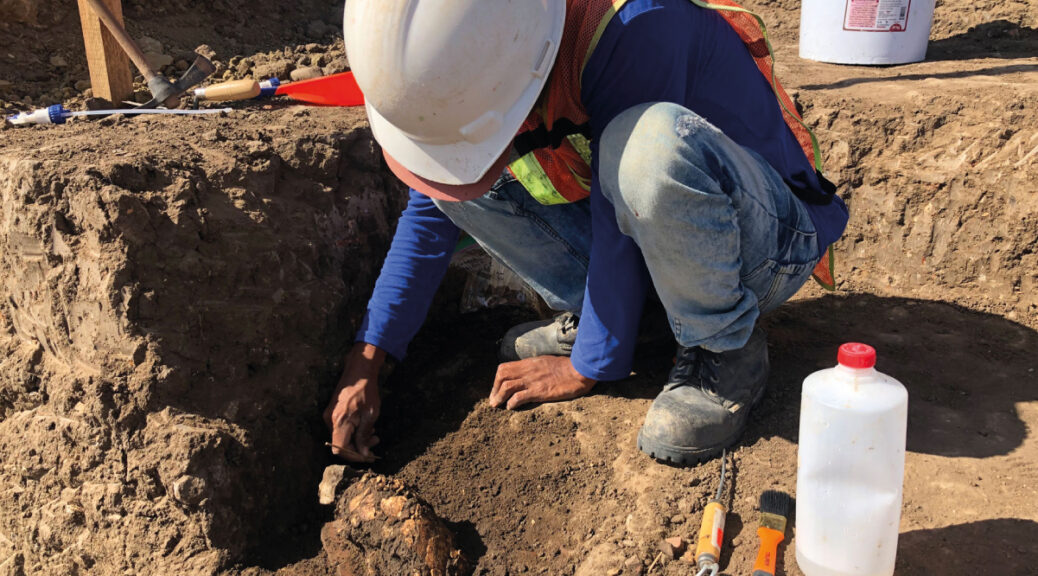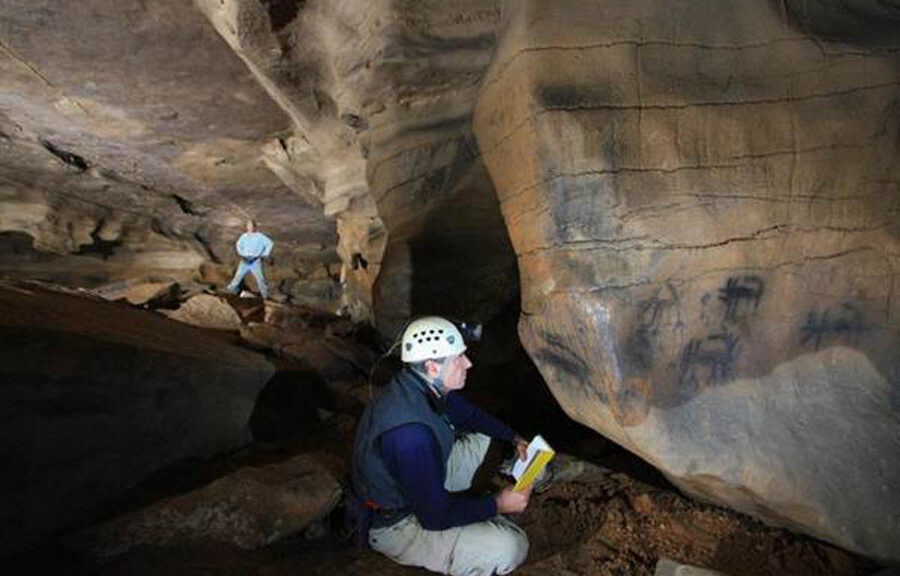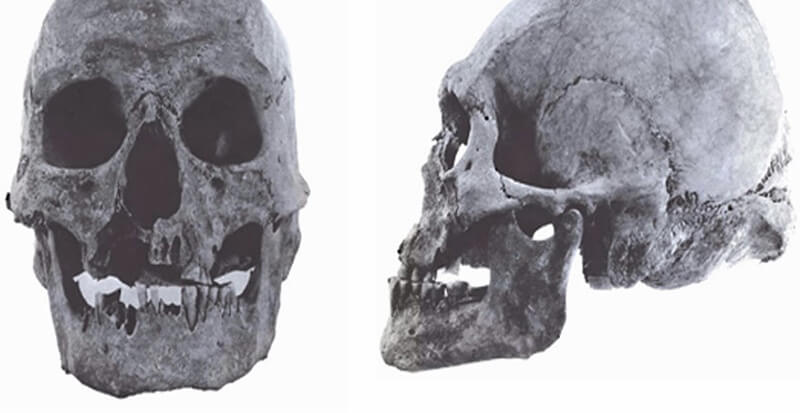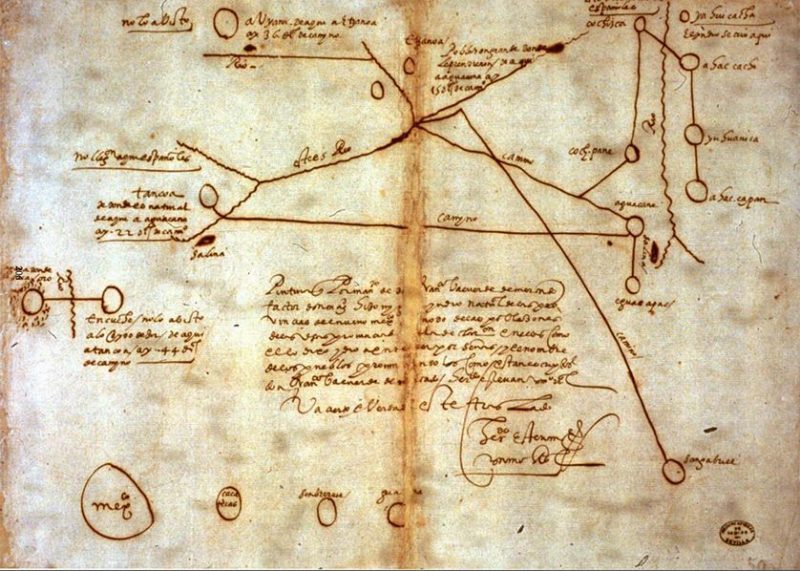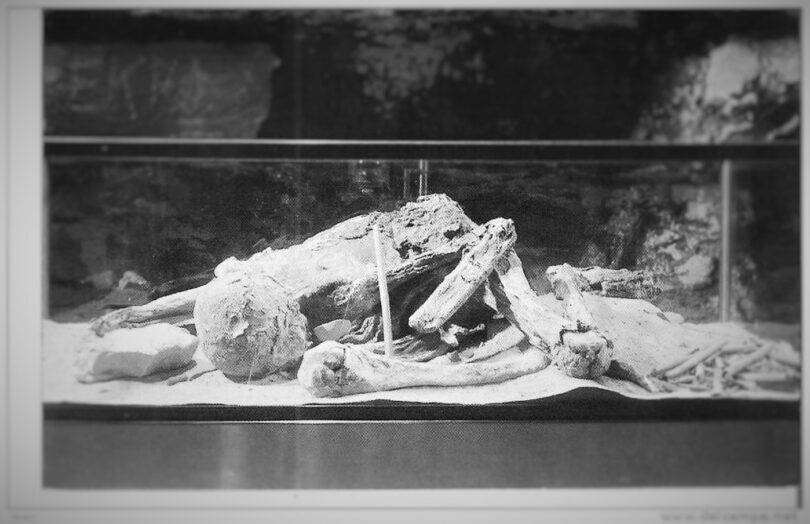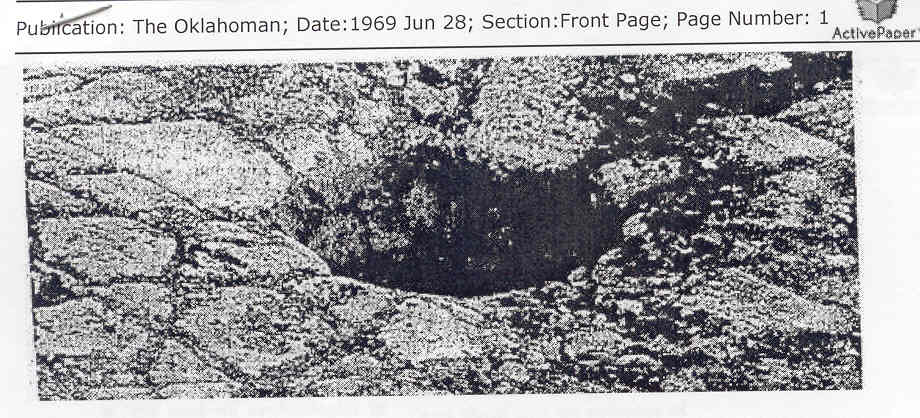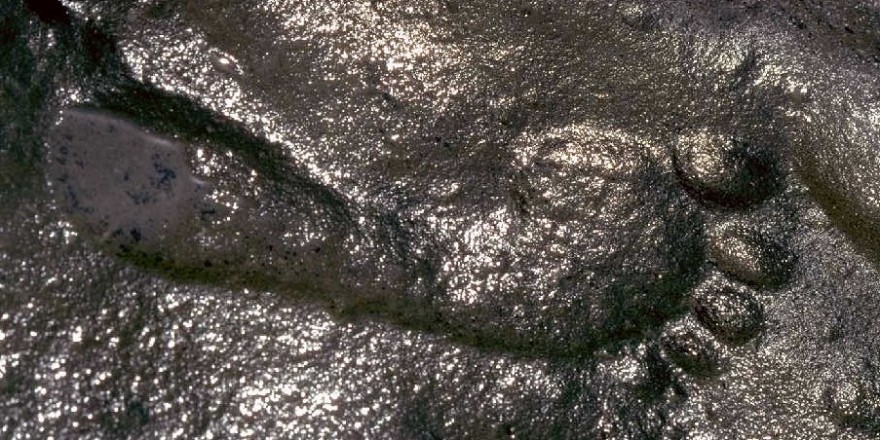1,000-Year-Old Aztatlán Burials Uncovered in Coastal Mexico
The space where the exploration is carried out corresponds to a natural mound in an area of estuaries, whose surface was used to establish occupation. To date, an Aztatlán-style pipe and three complete vessels have been found, although fragmented, as well as bone, remains from burials, until now unique in this port.

Mazatlán, Sinaloa.- A new archaeological site of the Aztatlán culture with burials of unique characteristics has been discovered in the urban area of the port of this Sinaloa city, during the paving and infrastructure construction works, in the northern extension of the Avenida del Dolphin.
From May 16 to 28, the Ministry of Culture of the Government of Mexico, through specialists from the National Institute of Anthropology and History (INAH), carried out the archaeological salvage. The site was found by workers when a pipe ruptured exposing human remains; After the corresponding expert opinion and since they were ancient vestiges, the INAH was called to rescue them.
The space, where the works are carried out, corresponds to a natural mound, located in an area of estuaries, whose surface was used in pre-Hispanic times to establish an occupation, on a high point to avoid flooding, while taking advantage of the ecosystem, reports archaeologist Víctor Joel Santos Ramírez, coordinator of the salvage.
Santos Ramírez, a researcher at the INAH Sinaloa Center, details that the surface of the mound was covered with rammed shell debris, to build perishable constructions on top and under this floor the human burials were placed, one of them accompanied by an excellently made Aztatlán-style glass: “In Mazatlan, a burial of these characteristics had not been found: under a shell floor and accompanied by fine ceramics, since burials inside pots are common in the region,” explains the archaeologist.

This characteristic makes the finding relevant for the archaeology of the region, for which the INAH is seeking an agreement with the Mazatlan City Council, in order to protect the site as an archaeological reserve and resume excavation work in the near future, Santos Ramírez reported.
As of May 27, at the site, which is being explored by the archaeologist Paola Martínez Delgadillo, in charge of the fieldwork, and the restoration technician, Eduardo Núñez Montesinos, coordinated by the archaeologist Víctor Joel Santos Ramírez, an Aztatlán style pipe and three complete vessels, although fragmented, among which the glass stands out; in addition to the human bone remains in a poor state of conservation, due to the natural characteristics of the Mazatlán soil.

The pottery found is of excellent technical quality, located in the Acaponeta phase (900-1100/1200 AD), reports Santos Ramírez.
The settlement was part of a broad culture that, according to research by Alfonso Grave Tirado, also an archaeologist from the INAH Sinaloa Center, a scholar of this region, developed from the year 900 AD, a date that coincides with the time of the greatest social development. , economic and political of southern Sinaloa and northern Nayarit, known in the archaeological literature as Horizonte Aztatlán.
The archaeologist comments that surely this is not the only pre-Hispanic site and that it is very likely that evidence of an important ancient settlement, still unknown, is found throughout this area.
According to Víctor Joel Santos Ramírez, there have been few archaeological sites registered in the port of Mazatlan -no more than 10-, since most have disappeared due to the growth of the urban sprawl and unfortunately, authorities are rarely notified. ; this case is the exception since the INAH was notified, the archaeologists have received the support of personnel from the Comprehensive Port Administration and the contractor company, as well as from the Mazatlán City Council to carry out the research work.
The excavation is carried out systematically, although it is very difficult due to the depth and hardness of the soil, it is estimated that the work will conclude this weekend with just an approximation of the site, concludes the archaeologist.
